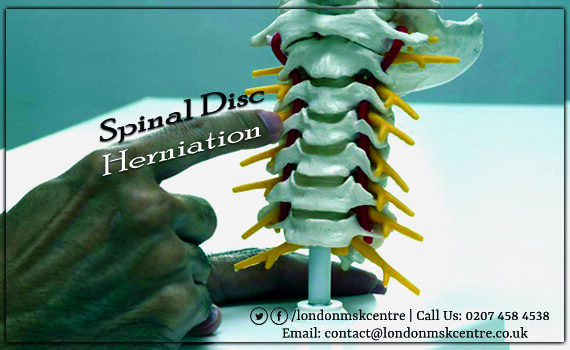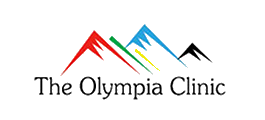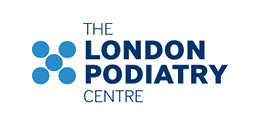
Spinal Disc Herniation
The term “herniated disc” indicates an excruciating condition that affects the spinal discs. These discs form a kind of rubber-like cushion positioned between the individual bones. All of which makes up your backbone. These bones in medical terminology are described as vertebrae. Spinal disc herniation is also known as a “ruptured or a slipped disc”. It happens when there is a rip in the annulus and some of the nucleus pushes out through it.
What are the symptoms?
The most common signs can be perceived as discomfort in the limbs. Sometimes, you might feel a lingering stinging sensation or sort of coldness in the affected parts. Not only that, feebleness is also considered as a common indicator in such cases. Most of these herniated discs happen in the lower back. Having said that, such a condition can even occur in your neckline. The common indicators and possible signs of spinal disc herniation depend on the area where the affected disc is pressing on the nerve. For example, if your herniated disc is at the lower back, you would experience throbbing pain in your backside, calf area, and thighs. Such a condition normally affects only one side of your body.
What are the primary causes?
Disc herniation occur due to the regular wear and tear that your discs suffer from owing to increasing age. This is also identified as disc degeneration. Even as you grow older, your discs lose their suppleness and thus become prone to tears even with a slight twist or strain. The biggest factors that can result in a herniated disc are increasing bodyweight, genetics, and occupation. You need to take into account emergency medical care especially when your signs are getting worse, when you start suffering from saddle anaesthesia.
How is it diagnosed?
Doctors normally check if your back is tender or not when they are diagnosing the problem. The doctor may ask you to try moving your limbs in different positions. This helps them determine the reasons why you are suffering from such a problem. Your specialist could also conduct neurological assessments to examine your normal reflexes, ability to stride, muscle strength, and your capability to feel quivering, pricks, or touches. In most of these cases, all that a specialist requires are your medical past and a physical test.
How to treat such a condition?
There are several ways to treat a herniated disc. The doctors can suggest medical intervention. The treatment process can involve the use of over-the-counter pain medications, muscle relaxers, cortisone injections, and opioids. You can also undergo therapy as advised by the specialists. In certain cases, surgery is definitely a possibility of bringing a positive solution. For mild symptoms, you can also try some home and lifestyle remedies to get better results in these cases. This includes the likes of applying and administering cold and heat on the problem area, resuming your regular activities slowly, and ducking excessive bed rest. You can try alternative treatments if you want such as chiropractic, massages, and acupuncture, to name a few.










